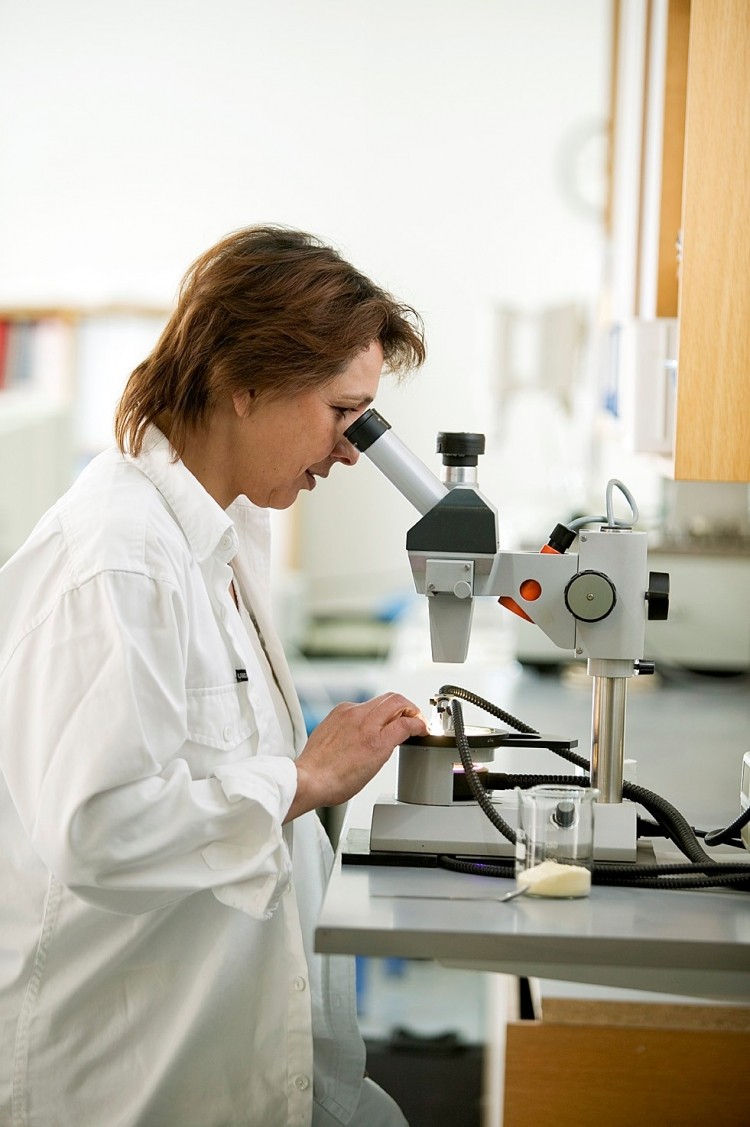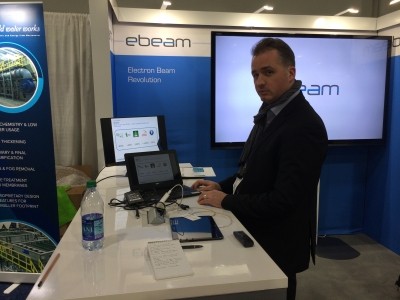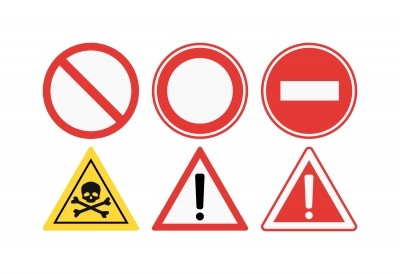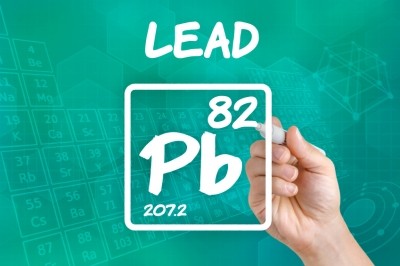'We have seen complex cocktails in feedstuffs' - EU feed safety expert says mycotoxin legislation not strong enough

The €3m Commission backed QSAFFE endeavour to boost feed safety and quality is drawing to a close, with a feed industry dissemination workshop on the results set for the end of this month.
We spoke to Professor Chris Elliott, director of the Institute for Global Food Security at Queen's University Belfast, who has been heading up the initiative, and who is calling for regulatory action on mycotoxins.
“I can safely say that, after over three and a half years of working on various feed safety research projects with the QSAFFE consortium, mycotoxins are the single most important threat to the EU feed and livestock sector, with resulting animal productivity losses pegged at anywhere between 2 and 5%.
In the main, regulation and current mycotoxin risk mitigation strategies, such as commercially available binders, are focused on targeting only one mycotoxin at a time, whereas we have found these toxins are occurring in multiplication – they present as complex cocktails in feedstuffs, with six or seven of them acting synergistically.
EU regulation also tends to be geared towards the effect on human health and not so much on how mycotoxins have a detrimental impact on animal performance in terms of feed intake or reproductive functioning,” he said.
EU mycotoxin legislation
Currently, aflatoxin B1 is the only mycotoxin with maximum permitted levels (MPLs) set under EC Directive 2002/32.
Additionally, guidance values have been recommended for a further five mycotoxins under EC legislation including fumonisins B1 and B2 deoxynivalenol, ochratoxin A and zearalenone.
The European Food Safety Authority (EFSA) has prioritized a list of up to eight other mycotoxins for safety assessment.
Elliott said: “The QSAFFE team has identified as many more of these contaminants, and we have developed a test for 80 mycotoxins. Another strand of the project has been to evaluate the level of carry-over from feed to foods of animal origin.
The onus on us now is to publish our findings in peer reviewed journals to give the EU Commission greater impetus to increase legislative controls and reduce the risk posed by mycotoxins for both animal producers and the feed sector.”
Rapid testing of Salmonella in feed
The professor said the researchers also assessed the challenges posed by pathogens to the feed sector, with the team determining that Salmonella is the ultimate menace.
To minimize this microbiological risk, the QSAFFE partners have developed a rapid method to test feed materials for Salmonella and the results of an intra-laboratory study to evaluate the robustness of this method are due soon, said Elliott.
In addition, the QSAFFE project, which has involved partners throughout the EU and in China, looked at how to speed up testing of feed material samples for contaminants such as heavy metals at feed mills, ports of entry into a country, and even further back in the feed supply chain such as at fats and oil suppliers.
Feed samples from across the supply chain are currently being sent to laboratories to check for contaminants. “This is quite an expensive and time-consuming operation. Moreover, quite often by the time the lab has produced its results, the respective feed material has already gone into the feed supply chain,” said Elliott.
So the EU partnership focused on early detection systems that could give a much quicker result by bypassing the need to send samples to labs. “We looked at existing technologies employed in forensics but never before use in feed material contaminant testing,” he said.
This project strand, said the professor, has developed prototype hand-held devices for detecting contamination which, due to the speed and ease of use they enable, allow for multiple testing of feed consignments without the usual associated cost.
Fingerprint technology
The system relies on ID technology, whereby end-users can verify the origin of a product by uploading its ‘fingerprint’ onto a database and getting a fast and accurate analysis based on a comparison with other fingerprints in the system.
“Evidently, you cannot identify all contaminants in this way. But the system will immediately flag up an unusual fingerprint in feed materials we have already profiled, such as Canadian wheat or barley, and the feed mill will know to hold off processing that consignment further,” said Elliott.
The devices have been trialled by the QSAFFE feed mill partners in the UK and Belgium, Thompsons and Provimi respectively, with “impressive results.”
New sources of animal feed materials are being sought by feed manufacturers due to the increasing costs of many of the existing feed inputs.
However, the Queen’s University expert said the risks and benefits of such practices are not clearly defined and research is required to devise strategies to ensure quality and safety of such new animal feed components. This is where the fingerprint system can be leveraged, he said, with the researchers already having looked at it to assess dioxin levels in palm kernels, for example.
Authenticity and traceability of feed
The QSAFFE team also focused on meeting the growing demand for authenticity and traceability of feed materials in its fingerprinting technology research.
Distillers’ grains, by-products of the alcohol industry, are very susceptible to contamination. “With our system we can now determine the country, and even the region, where the material/product comes from,” said Elliott.
The EU partnership is in the process of drawing up guidelines for industry and regulators on how to carry out targeted and better testing of feed contaminations in the future.












